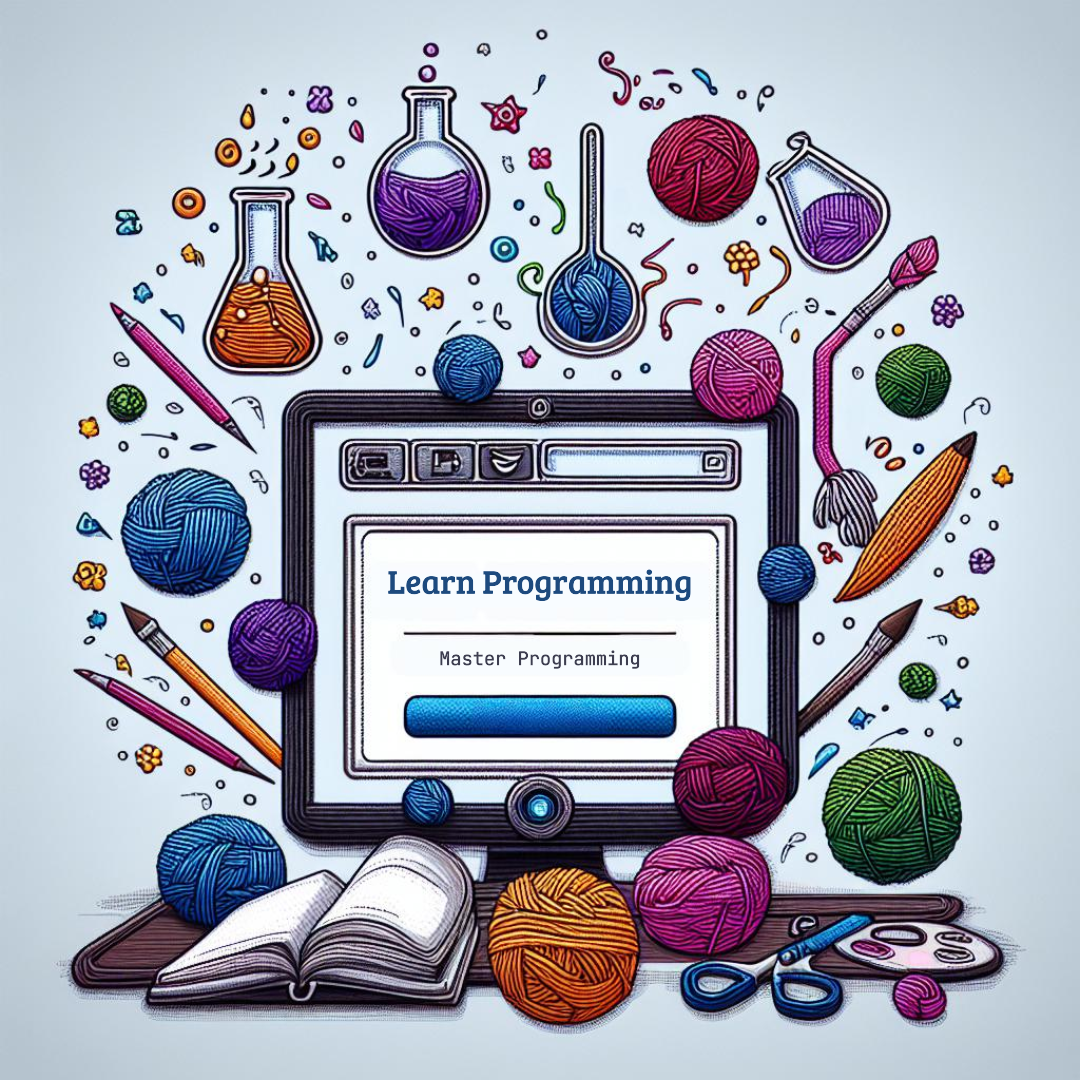📌 Introduction
Python decorators are a powerful feature that allows you to modify the behavior of a function without changing its code.
They are widely used in frameworks like Flask and Django, and can help make your code more concise, reusable, and elegant.
🎯 Objective
By the end of this tutorial, you will:
- Understand what a decorator is in Python
- Know how to write and apply a decorator
- Be able to run a simple Python program that demonstrates decorator functionality
🧑💻 Sample Python Decorator Code
def my_decorator(func):
def wrapper():
print("Something is happening before the function is called.")
func()
print("Something is happening after the function is called.")
return wrapper
@my_decorator
def say_hello():
print("Hello, world!")
say_hello()
📖 Explanation of the Program
Here’s what each part of the code does:
- my_decorator(func): This is the decorator function. It takes another function as an argument.
- wrapper(): A nested function that adds behavior before and after the original function call.
- @my_decorator: This is Python’s decorator syntax. It applies
my_decoratorto thesay_hellofunction. - say_hello(): When this function is called, it now runs with the added behavior from the decorator.
🚀 How to Run This Program
- Open your favorite text editor or IDE (e.g., VSCode, PyCharm).
- Copy and paste the code into a file named
decorator_example.py. - Open a terminal and navigate to the folder containing your file.
- Run the program using the command:
python decorator_example.py - You will see output showing messages before and after the actual function call.

